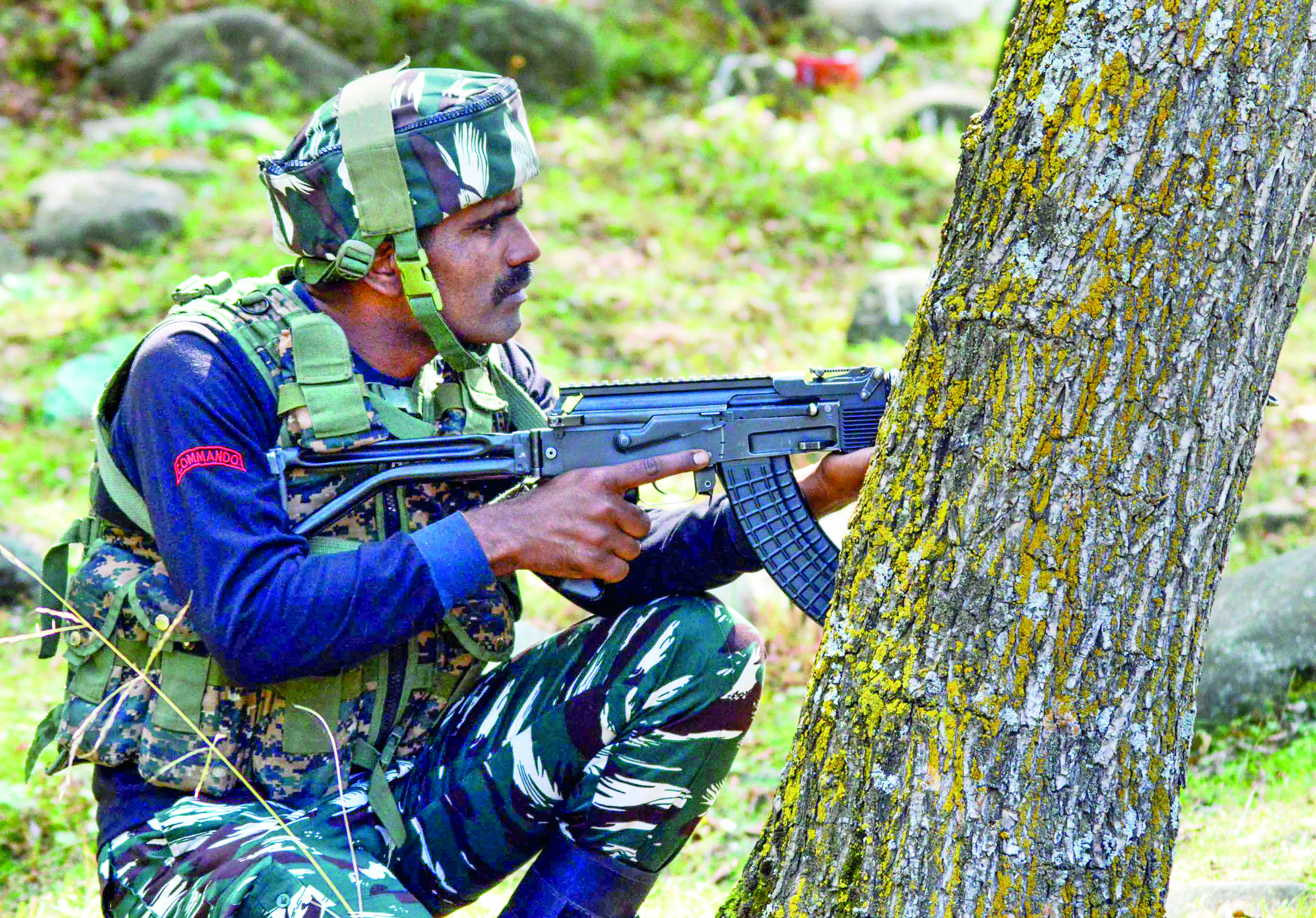
New Delhi, April 23 -- In 2023, India ranked as the world's fourth-highest military spender, allocating $83.6 billion to its defence budget, trailing only the United States, China, and Russia. This was highlighted in a report by the Stockholm International Peace Research Institute (SIPRI), which also noted a global increase in military spending due to the ongoing conflict in Ukraine and rising geopolitical tensions across Asia, Oceania, and the Middle East.
The report observed that military spending rose across all regions, with significant hikes in Europe, Asia, Oceania, and the Middle East. This uptick in expenditure comes against the backdrop of various global conflicts, including those involving Israel-Hamas and Iran-Israel, as well as instability in the Red Sea region.
According to SIPRI, 2023 marked the ninth consecutive year of increased global military spending, which surged by 6.8 per cent to $2443 billion-the sharpest rise since 2009 and the highest amount recorded by the institute. The global military burden, which measures military spending against global GDP, rose to 2.3 per cent. Furthermore, the average military spending as a percentage of government expenditure increased to 6.9 per cent, and per capita military spending reached $306, the highest since 1990.
India's defence expenditure saw a 4.2 per cent increase from the previous year and a 44 per cent rise since 2014. The growth in spending was primarily driven by rising personnel and operational costs, which constituted nearly 80 per cent of the total military budget. This aligns with India's focus on enhancing the operational readiness of its armed forces amidst ongoing tensions with neighbouring countries. Meanwhile, capital investment in military procurement remained stable at about 22 per cent of the budget.
Notably, 75 per cent of India's capital outlays were directed towards domestically produced equipment, marking the highest level of domestic procurement and reflecting the nation's aim to achieve self-reliance in arms production. The Indian Army has emphasised the strength and balance of its troop deployment along the Line of Actual Control (LAC), particularly following the 2020 border standoff with China in eastern Ladakh.
SIPRI, an independent institute established in 1966, specialises in research on conflict, armaments, arms control, and disarmament. It is renowned for its comprehensive database on military expenditure, which serves as a valuable resource for policymakers, researchers, and the public.
The United States maintained its position as the top military spender, with a budget of $916 billion in 2023, marking a 2.3 per cent increase from 2022. The most significant growth in the US defence budget was allocated to research, development, testing, and evaluation (RDT&E).
Ukraine experienced a 51 per cent surge in military spending, reaching $64.8 billion and becoming the eighth-largest spender globally. The country's military burden stood at 37 per cent, accounting for 58 per cent of its total government expenditure. Despite this, Ukraine's military spending was 59 per cent of Russia's, but with additional military aid, the combined spending nearly matched that of Russia.
Russia's military expenditure rose by 24 per cent to an estimated $109 billion, while China, the second-largest spender, increased its military budget by 6 per cent to $296 billion. China's spending accounted for half of the total military expenditure in the Asia and Oceania region, prompting several neighbouring countries to raise their own defence budgets in response.
Collectively, the 31 NATO member countries accounted for 55 per cent of the world's military expenditure in 2023, totaling $1,341 billion. with agency inputs
Published by HT Digital Content Services with permission from Millennium Post.
